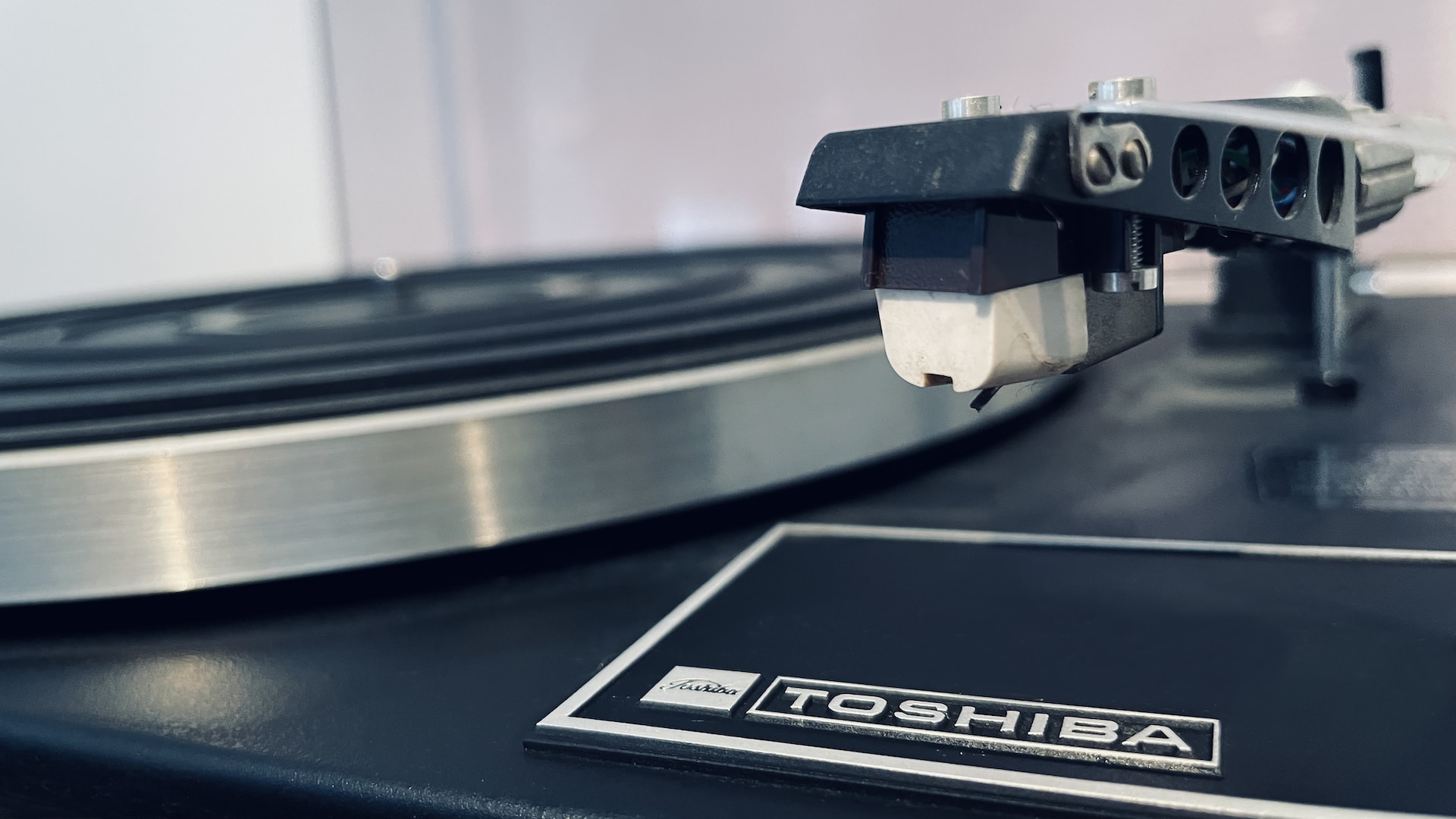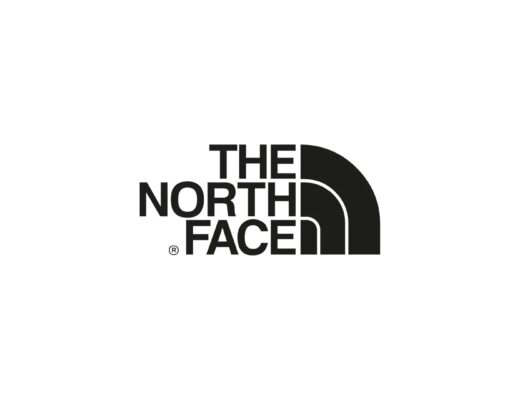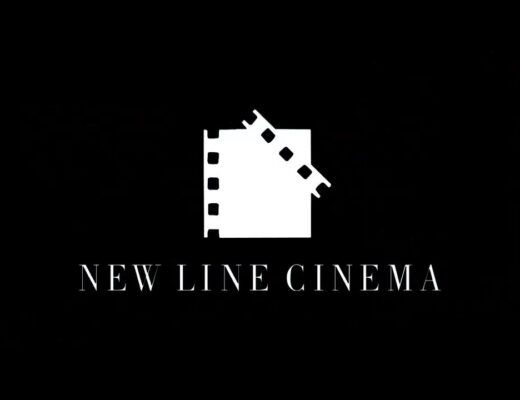How Japan’s Toshiba Corporation evolved
The Japanese Toshiba Corporation operates in various market sectors. It produces electronics, systems for production processes, equipment for communication and IT-sphere, and other products.
The company has been known on the market since 1939, when two companies merged. In 1978, the corporation was renamed Toshiba. Both companies were at the forefront of Japan at the time. One of them manufactured telegraph equipment.
Throughout the 1940s and 1950s, mergers and acquisitions became the company’s primary growth strategy, through which the business occupied new market niches and expanded its presence in the country. However, Japan then experienced an economic downturn, which had a negative impact on Toshiba’s operations. To improve the situation, it was necessary to change management. The company was headed by Toshiwo Doko, who decided to sell shares to American GE. In this way, obtaining financing to maintain and develop the business was possible. By 1967 Toshiba had become the leader among Japanese electronics manufacturers and was one of the five most prominent corporations in the country. During this period, the company’s products began to be delivered to the world market. The business structure also changed, and narrowly focused subsidiaries were spun off. Toshiba’s main products from the 1970s to the 1980s were audio systems and hi-end equipment. However, with the development of digital solutions, the corporation shifted its attention to developing computer equipment. In 1985, the manufacturer introduced its first notebook and DRAM chip. In 2 years, sales of chips of this type have taken more than 50% of the world market.
Toshiba’s main products from the 1970s to the 1980s were audio systems and hi-end equipment. However, with the development of digital solutions, the corporation shifted its attention to developing computer equipment. In 1985, the manufacturer introduced its first notebook and DRAM chip. In 2 years, sales of chips of this type have taken more than 50% of the world market.
In 1992, Time Warner from the USA created the DVD standard, which became common. Four years later, the production of DVD players started. The crisis of 1997 brought severe cutbacks and a change of management. In addition, the company lost profits due to defects found in laptops.
In the 2000s, Toshiba began to explore new areas. For example, the company acquired a U.S. business constructing and maintaining nuclear power plants. In 2009, it acquired Fujitsu, a division that develops hard drives, and two years later, it bought a manufacturer of measuring equipment from Switzerland.
In 2012, Toshiba acquired IBM’s business, which specialized in producing POS terminals. This deal brought the Japanese corporation the world leader in the production of cash registers.
At the same time, Toshiba was selling or downsizing its divisions. For example, in 2016, it gave up the production of medical equipment. Canon Corporation acquired that division. It also sold its subsidiaries, which produced video equipment and televisions, and in 2020 the corporation ultimately left the laptop market.










